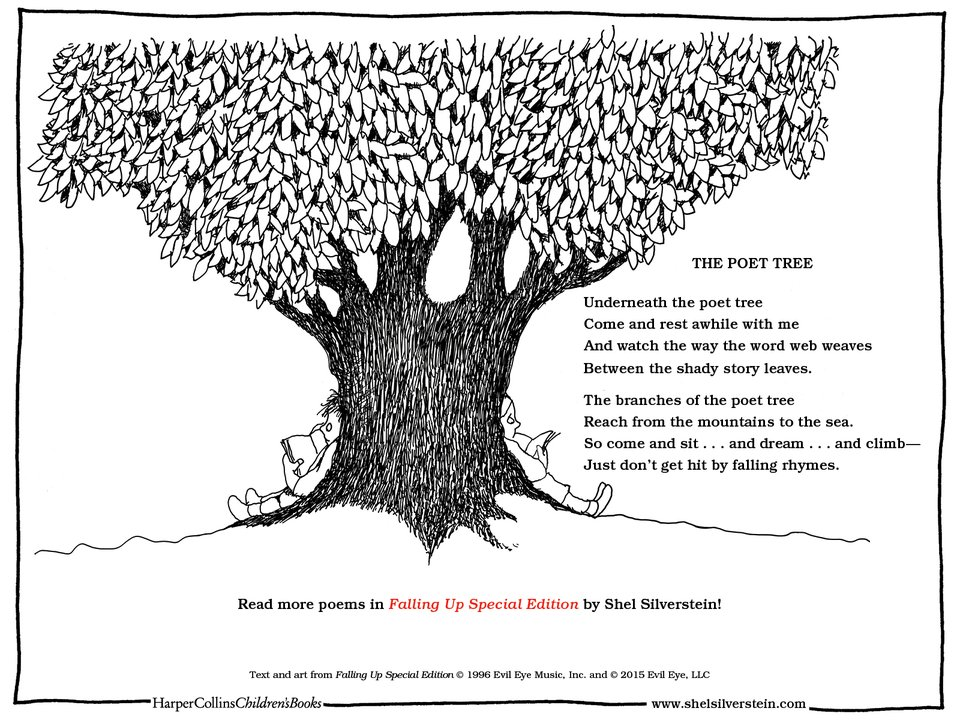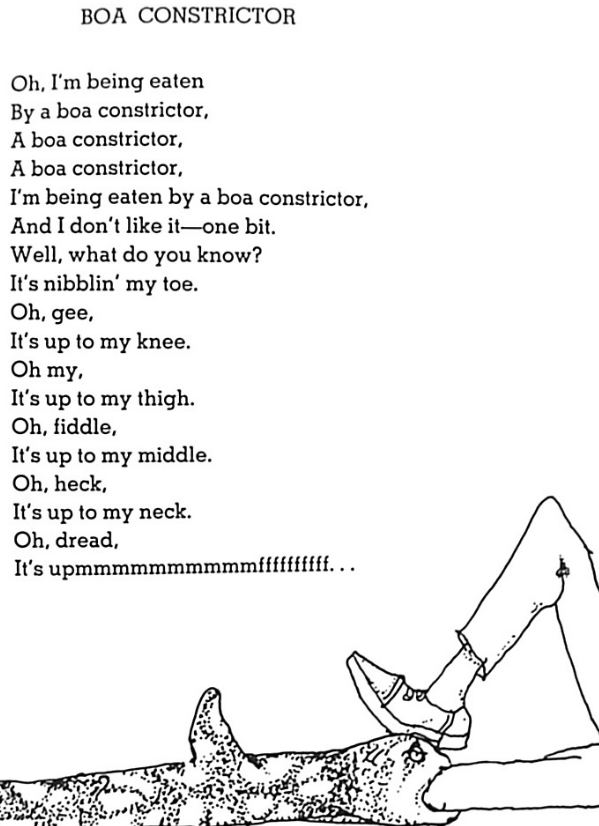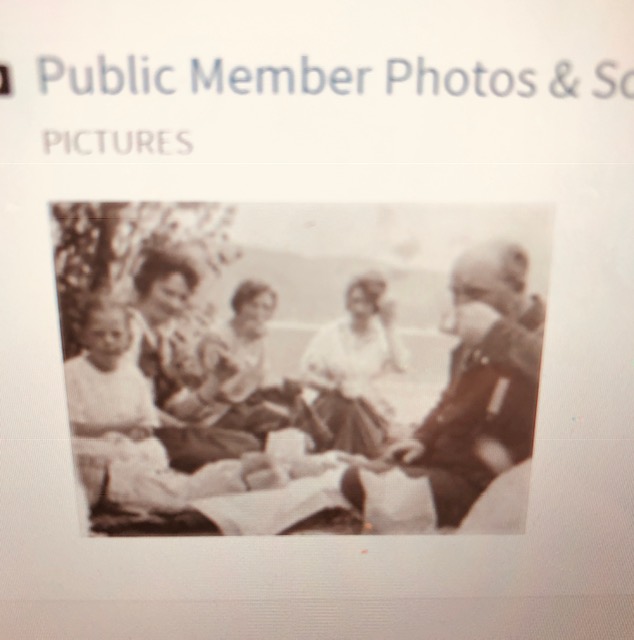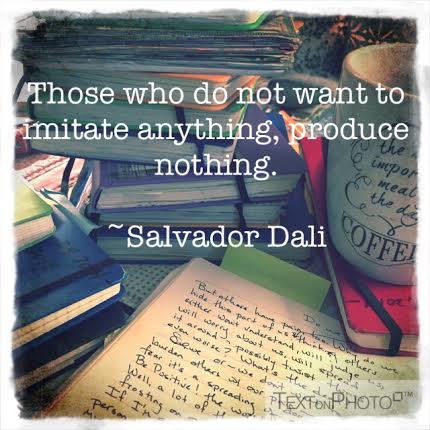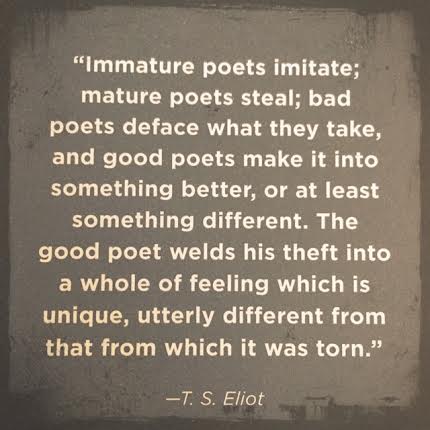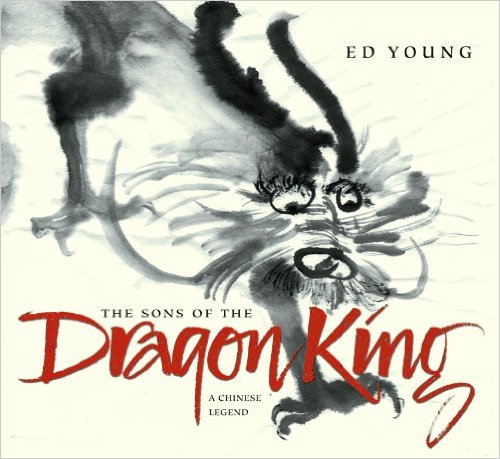
“By opening your inner self to a book, you invite ideas and feelings that enrich and expand your interiority. Reading is the making of a deeper self.” ~ John Miedema
I’m not sure where I would be without books. Probably hanging on a ledge somewhere. Books have saved me over and over again and I know I would not be the person I am without the books I have read. We become what we read.
I love to know what others are reading, especially others who are mothers my age, educators, writers, artists, mid-lifers, thinkers, learners and readers. So, I’m sharing my summer reading stack, not only to maybe inspire someone to read any of these books (so I have someone to talk to about them), but more so, in hopes that you’ll share your summer reads, too.
I try hard to read a variety of books over the summer, but I tend to migrate towards non-fiction; informational, memoirs, reflective vignettes. These kinds of books push me as a teacher and also give me guidance and insights as a writer and a human being. I also have a fiction stack and a reread stack. Those will have to be other posts. Yes, there are books everywhere. They are my weakness and I’ll spend my money on books before I’ll buy myself new shoes or clothes. Just because.
So, here is my non-fiction stack (I can’t wait to write about each one of these individually!):
For A Better World: Reading and Writing for Social Action by Randy Bomer and Katherine Bommer (2001, Heinemann)
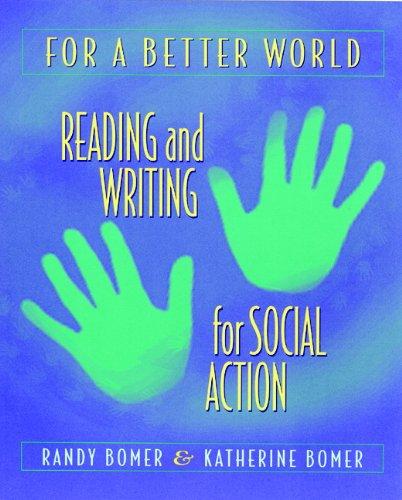
This book has been on my shelf since last summer. With all that is happening in the world right now, it jumped off my shelf begging to be read.
On page five, these words had to be underlined:
“If we expect people to vote for the interests of the wounded and dispossessed, then people who are not poor have to be able to imagine other lives, to read out with their consciousness and know what their own narrow experience has not taught them.”
In other words, our kids need to hear the stories of the oppressed.
Wow. Good stuff in here.
Writers are Readers: Flipping Reading Instruction Into Writing Opportunities by Lester Laminack and Reba Wadsworth (2016, Heinemann)
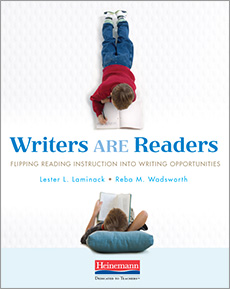
There are some major tracks of my thinking throughout this book. My scribbled notes are everywhere. Mind shifting stuff here. Thank goodness for the authors that leave wide margins for this reason.
If you have been teaching using the workshop model, you probably know this by now:
“When reading and writing instruction are planned separately, each without regard for the other, the resulting instruction fails to weave clear connection between these related language processes” (p. vii).
For this reason, we plan our reading and writing units of study with this in mind. However, Lester Laminack and Reba Wadsworth take this deeper. Walking through several text structures, comprehension strategies and story elements, they help us understand what the reader must do to make meaning for himself and on the flip side, what does the writer do to set up the reader (to infer).
I am looking at structures and comprehension strategies in a whole new light.
Honestly, if I was forced to read only one educational book this summer, this would be it.
DIY Literacy: Teaching Tools for Differentiation, Rigor, and Independence by Kate Roberts and Maggie Beattie Roberts (2016, Stenhouse Publishers)

I chose this book because it is so HOT on Twitter right now. And, I just adore Kate Roberts and Maggie Beattie Roberts. If you have watched any of the EdCamp PD sessions, you know what I mean. Kate and Beattie have also created a video series of each teaching tool (from this book) at their website. You can check them out here. I know the Demonstration Notebooks will be my first tool to try out in my classroom next fall.
Close Writing: Developing Purposeful Writers in Grades 2-6 by Paula Bourque (2016, Stenhouse)
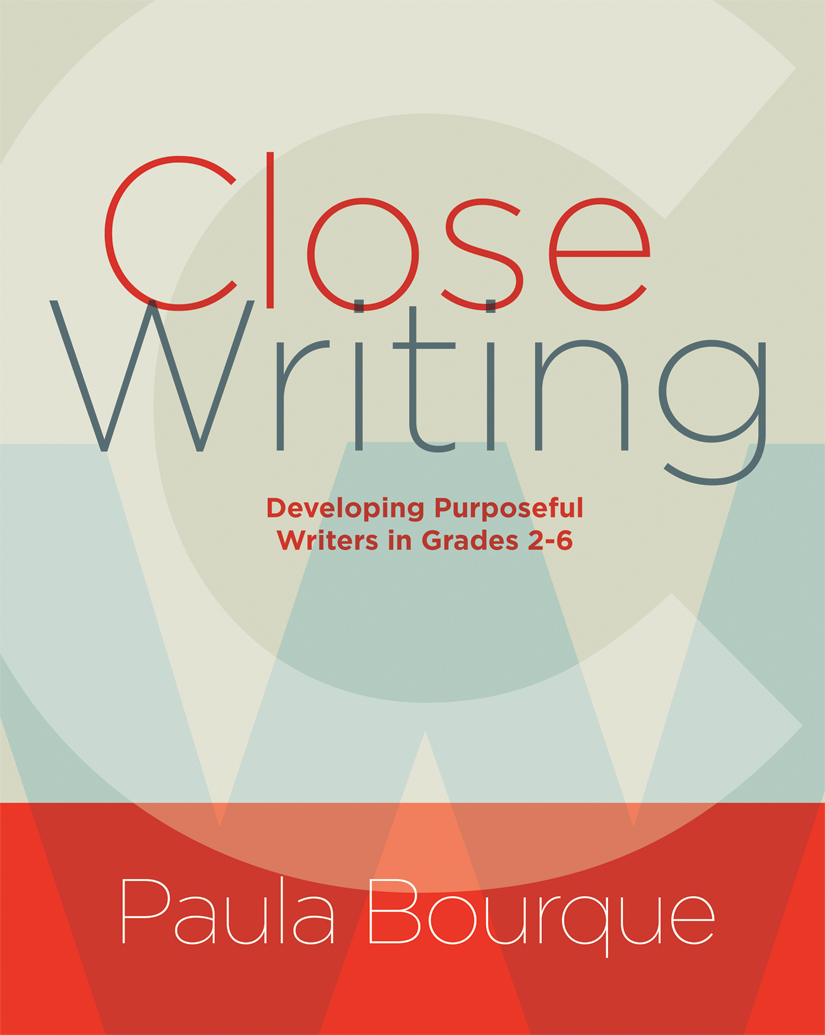
This book was also hot on Twitter and it found its way into my Amazon cart when I bought DIY Literacy. I don’t know how that happens.
I have not started this book yet, but from the introduction, I’m realizing that Paula Bourque’s goal is to help writers read and examine their own writing for understanding and clarity. I know I need to figure out some strategies for helping my third graders do this as they tend to think their writing is good after the first draft!
Help me Paula!
Lots of Candles, Plenty of Cake by Anna Quindlen (2012, Random House)
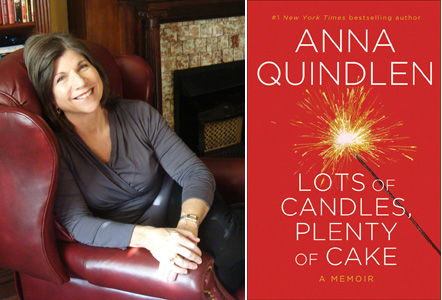
Oh my heavens, this lady. She reflects on her life thus far (she is 60 at the writing of this book), in categories of marriage, stuff, girlfriends, work, our bodies, etc. It’s her words scribed on the back of this book that lured me to read it:
“It’s odd when I think of the arc of my life, from child to young woman to aging adult. First I was who I was. Then I didn’t know who I was. Then I invented someone and became her. Then I began to like what I’d invented. Ad finally I was what I was again.”
I finished this book last week and it’s still simmering in my being. I’ll have to carry the book around with me for a while. 🙂
When Women Were Birds: Fifty-Four Variations on Voice by Terry Tempest Williams (2012, Picador)

This poetic memoir by Terry Tempest Williams has me on edge. There is much to figure out. The book opens with Terry receiving all of her mothers journals when her mother dies. Her mother instructs her not to read them until after she’s gone. A month after her mother has died, Terry works up the bravery to begin reading the journals. She discovers they are all empty.
What the heck?
Yeah – I’m befuddled and so is Terry. I’m trying to hold her hand through all the confusion and hoping she finds some resolution in her mother’s intentions. I’m also living my own questions through this story as I wrestle with what to do with all of my own journals and notebooks. Do I really want people reading this stuff after I’m gone?
The Courage to Write and The Writer’s Book of Hope both by Ralph Keyes (2003, Holt Paperbacks)


Yes, I’m reading these two books because I have my own issues as a writer. I’m hoping that Ralph Keys can shed some light on my problems.
It is important for writers to read about the struggles of other writers. Not because we like to see others struggle, but we need to know that we are not alone in trying to put words into sentences. In The Courage to Write, Mr. Keys opens with the saga of E.B. White and his troubles as a writer. I felt a kinship with E.B. White when I learned that he was a gifted procrastinator.
Gifted.
I’d never thought about being gifted at procrastination, but I like the thought and I’m hanging on to it. 🙂
The Rural Life by Verlyn Klinkenborg (2004, Backbay Books)
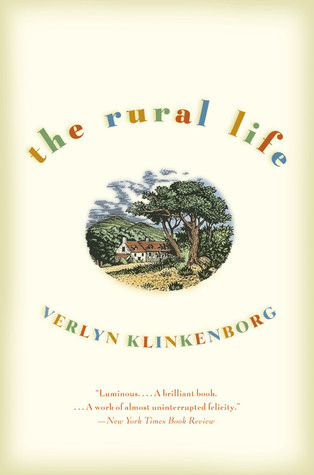
My husband bought me a subscription to the Travel and Leisure magazine. Even though I don’t think I’ll ever save enough to visit Peru or some of exotic places in this magazine, I do enjoy reading the writing.
Verlyn Klinkenborg wrote an article in the Travel and Leisure magazine about Yellowstone National Park. Having traveled to Yellowstone last summer, it was a must read. Just reading the first paragraph, I hung on every word. Then, I tore it out of the magazine and studied it – this writing – how did he do this? I was in awe. You can read it here. Give yourself some time, you’ll be rereading it.
Wanting to read more of Klinkenborg’s writing, I discovered some books he’d written about living in the country. I bought used copies of The Rural Life and Making Hay.
The Rural LIfe is structured in chapters that chronicle the year, each month, a chapter heading. Beginning with “January”, he writes about how winter is the only season that has to be relearned every year and about baling twine being the thread of life. He pays attention to the small details of life.
Being raised on a farm, this book brings up memories that I’d forgotten, along with a reminiscent gratefulness that I was able to live these experiences in my own rural life.
Find Your Focus Zone by Lucy Jo Palladino (2007, Free Press)
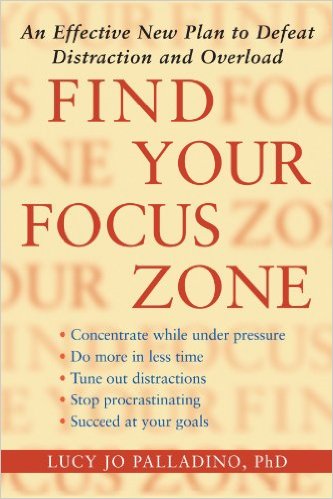
Because I seem to have a little trouble focusing lately, I sought out a book for support. Summer time is when dreams of accomplishing a zillion things swim in my head. Fall usually rolls around and honestly, discouragement seeps in as I examine how few tasks are crossed off of my summer to-do list. I have somewhat learned to accept this, but still. If only I could focus.
Lucy claims our old ways of paying attention can’t keep up with the information overload , digital distraction and the new levels of stimulation and anxiety we all have. Because having control over your attention is a critical skill to being successful, we need to learn some new strategies. She’s speaking to me here.
“Any man who can drive safely while kissing a pretty girl is simply not giving the kiss the attention it deserves.” ~Albert Einstein
This book will need to be studied. I’ll take notes, apply them and probably have to reread.
I’ll let you know if I am successful.
What books are on your summer reading stack? Please share!
Shari 🙂
